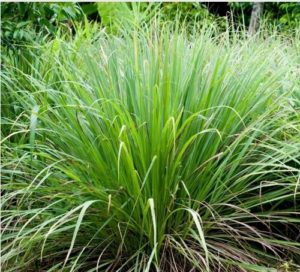Lemongrass
Cymbopogon citratus
Characteristics
- Type: Perennial
- Zone: 9 – 11
- Height: 3 – 5 Feet
- Width: 4 Feet
- Space: 2 Feet
- Sun: Full
- Water: Medium
- Soil: Moist, Rich, Well-drained
- Flower: None
Culture
West Indian lemongrass (Cymbopogon citratus) is the favored choice for cooking. If given plenty of sun, water, and fertilizer, lemongrass can grow to as big as 6 feet high and 4 feet wide. Be sure to avoid Citronella grass which is sometimes marketed as a type of lemongrass. While Citronella grass is similar and also edible, it is in fact a part of the geranium family. It is easy to tell the difference between the two as lemongrass has a yellow-green color with a white base, while citronella grass has a reddish tinge towards the base. If you live anywhere colder than about a zone 9a, you’ll want to grow your lemongrass in a pot, and bring it indoors for the winter
Noteworthy Characteristics
A staple of Thai and Vietnamese cooking, lemongrass is renowned for its citrusy aroma and zingy taste. While it is an herb, lemongrass is not commonly found in herb gardens, despite being surprisingly easy to grow. Cymbopogon citratus can grow to between 3 to 5ft tall in a single season so keeping it in a container will also constrict its growth, making it easier to maintain. Pruning lemongrass plants is a good idea for keeping them a manageable size as well as encouraging new growth. If you’re growing it in a pot, top-dress it with compost or worm castings every couple of weeks, to make sure it’s getting plenty of nutrients. Cymbopogon citratus will naturally propagate itself, once it is established. Small stalks of new plants will begin to grow off the side of existing stalks.
Problems
Plants growing in shade will be sparse and may attract pests.
Garden Uses
Fast-growing lemongrass is as handsome waving in the summer breeze as it is appetizing in your soups, stir-fries, and teas. The foliage also adds gorgeous color in autumn gardens when it turns burgundy and red. Cymbopogon citratus is fragrant and also known as a pest repellent. The smell of the plant’s oil seems to deter unwanted insects, such as mosquitos.
